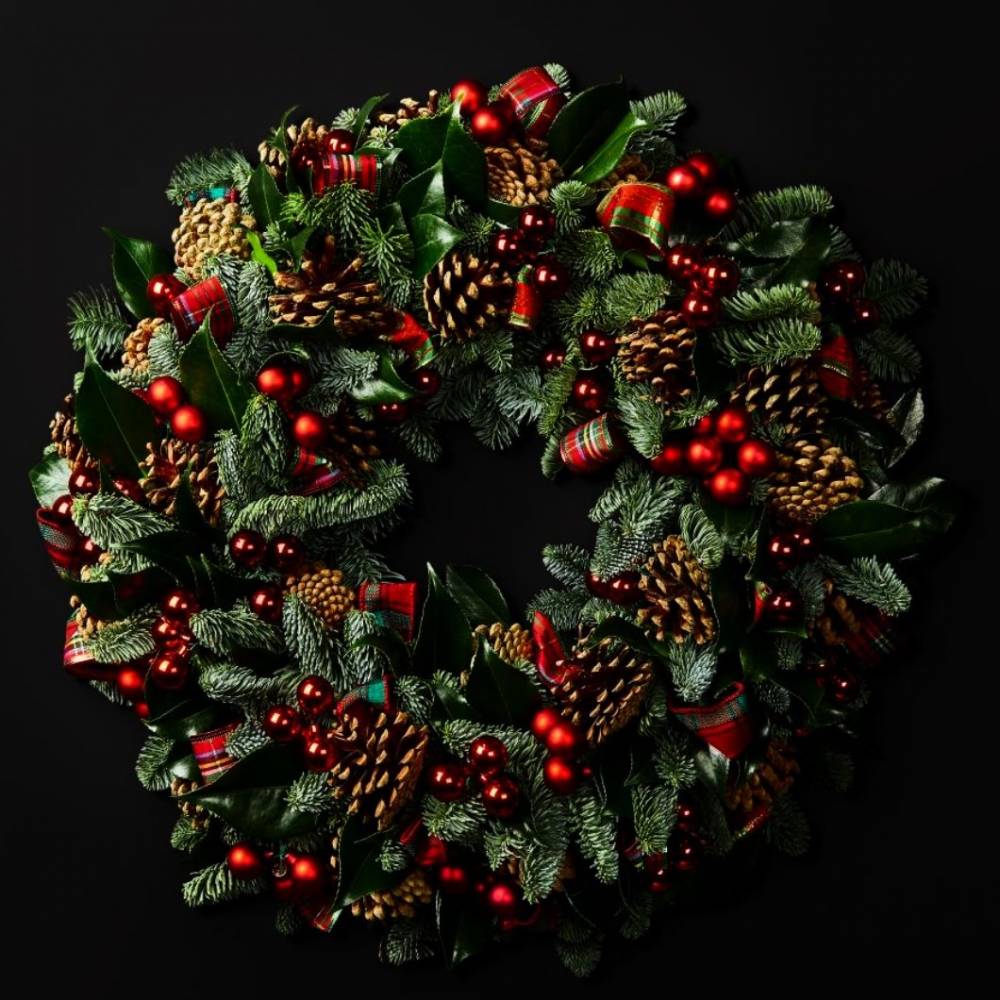Christmas Origins
Ever wonder the origin of one your favorite Christmas treats, decorations or things came to be?
Here is a Giv’er Miramichi post featuring a variety of short Christmas Origins of how some of your favorite Christmas treats, decorations!
Egg Nog
Eggnog became tied to the holidays when the drink hopped the pond in the 1700s. American colonies were full of farms—and chickens and cows—and cheaper rum, a soon-signature ingredient. Mexico adopted the very eggnog varietal “rompope,” and Puerto Rico enjoys the “coquito,” which adds coconut milk. The English name’s etymology however remains a mystery. Some say “nog” comes from “noggin,” meaning a wooden cup, or “grog,” a strong beer. By the late 18th century, the combined term “eggnog” stuck.
Candy Cane
Legend has it that the candy cane dates back to 1670, when the choirmaster at the Cologne Cathedral in Germany handed out sugar sticks among his young singers to keep them quiet during the Living Creche ceremony,” Schildhaus says. “In honor of the occasion, he bent the candies into shepherds’ crooks.”
Christmas Wreath
The custom of bringing evergreens home during the winter began in the 16th century among northern and eastern Europeans — with Germans commonly credited with starting the Christmas tree tradition. During this period, pruning the tree was a part of the preparation process. “Limbs were often cut off in an attempt to make the tree more uniform in shape or to fit into a room,” Collins writes in his book. Instead of throwing the pieces of greenery away, the Europeans wove the excess into wreaths.
Christmas Stocking
The hanging of stockings by the fireplace is one of the most popularly observed Christmas customs. However, the fireplace is not the exclusive option–people who don’t have one hang their stockings on doorknobs, windowsills, or bedposts. Don’t worry, when Christmas Eve arrives, Santa Claus will find them anyway! But what was the origin for this long-held tradition? While there is no single account that defines it, there are a few legends that illustrate the custom of hanging Christmas stockings.
The tradition of Christmas stockings originated in the generous deeds of a nobleman named Nicholas who was born in 280 A.D. in Asia Minor. Nicholas dedicated his life to following the principles of Jesus Christ, using his wealth to help impoverished and suffering people. He became the Bishop of Myra in his young years, and was immensely popular for his kind, generous heart. Living a lifetime of celibacy, Nicholas never married or had children, but he loved children and thus often regaled those who lived in his hometown. This practice provided him with the epithet “the gift-giver of Myra.” Interestingly, his nobility never prevailed his modesty, so he always gave his presents late at night in order to protect his identity. He didn’t like the children to know who their patron was, so they were often told to go and sleep or otherwise he wouldn’t visit them.
One of the legends regarding Christmas stockings takes us to a small village where the destiny of the once wealthy merchant and his daughters changed overnight when they fell into poverty. The father was worried about the future of his children and afraid that he wouldn’t be able to provide dowries for their marriages in the future. At that time, this meant an almost humiliation due to the impossibility of wedlock. While the now-famous St.Nicholas traveled, he passed through the village and heard the sad story about the merchant and his daughter, learning from the locals that he would not accept any gifts of charity.
One night, while he was riding his gorgeous white horse, he stopped at the merchant’s home and threw three bags filled with gold coins down the house’s chimney. The bags fell down right into the girls’ stockings which were hung by the fireplace mantle to dry. The next morning, the daughters and their father discovered the coins and jumped for joy. The young women married happily and prosperously, so, obviously, their story had a happily ever after. The details of their story spread among the villagers, whose children began hanging their stockings by the fireplace, hoping to receive presents from St. Nicholas.
Another amusing legend that explains the tradition of Christmas stockings derives from the Dutch folklore. In the Netherlands, Santa Claus, called “Sinterklaas” in Dutch, and his fellow assistant Black Pete or “Zwarte Piet” annually dock in the harbor of a different city. When they disembark, Sinterklaas and his pal travel around upon a white steed and a mule. The children impatiently wait for their arrival and prepare special treats of hay and carrots which they place in their wooden clogs.
On the day of the arrival, the horse, the mule, and Sinterklaas would enjoy the children’s treats and then reward their devotion and care with small presents such as candies, ornaments, nuts in shells, miniature toys etc. When the Dutch settlers immigrated to America, they introduced Americans to many of their traditions. After a while, Sinterklaas became known as Santa Claus and, allegedly, the wooden clogs were replaced by stockings.
Today, numerous children around the world await the chunky, white-bearded man’s visit to their homes, and when they see the stockings, they know that the joy of finding new small presents inside is getting closer with a day.
Giv’er Miramichi is about “What’s up, what’s new, what’s happening”. We are focused on building people up, supporting one another and celebrating our successes.






